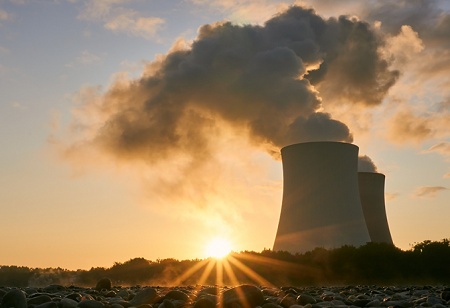
On December 1, the largest nuclear fusion reactor in the world opened in Japan. Although this reactor is a new technology, some say it is the answer to humanity and its future energy needs. Nuclear fusion, unlike nuclear fission, the technology currently used in nuclear power plants, fuses two atomic nuclei together rather than splitting a nucleus.
The goal of the JT-60SA reactor is to explore the feasibility of nuclear fusion as a safe, large-scale, carbon-free energy source while producing more energy than it puts out. The six-story-tall machine, located in a hangar in Naka, north of Tokyo, is shaped like a rock and resembles a "tokamakand." A vessel is kept in a rotating plasma heated to 200 million degrees Celsius.
It is a joint project between the European Union and Japan and is the predecessor of the International Fusion Experimental Reactor (ITER) that is being built in France. The ultimate goal of both projects is to fuse hydrogen nuclei into a single heavier element, helium, releasing energy in the form of light and heat and modeling the activities that occur on the Sun.
Faced with high costs, delayed schedules and major technical challenges, ITER researchers hope to achieve the holy grail of fusion technology: clean energy. Sam Davis, deputy project leader for the JT-60SA, said the device will "bring us closer to fusion energy."
"It's the result of a collaboration between more than 500 scientists and engineers and more than 70 companies throughout Europe and Japan," Davis said at Friday's inauguration.
We use cookies to ensure you get the best experience on our website. Read more...